

GeneticsY Chromosome Analysis supports the Origin of the Dog in Southern ChinaSummary by Dr. Dominique de Caprona © de Caprona 2012 All photographs copyrighted to the photographers. Please do not use text or photos for any purpose without asking. 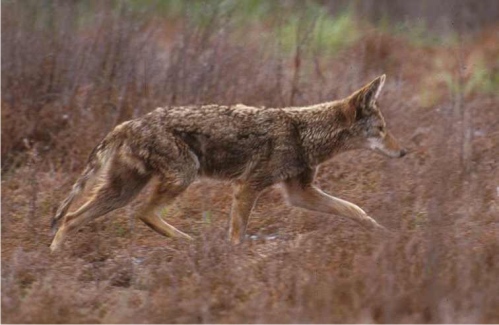 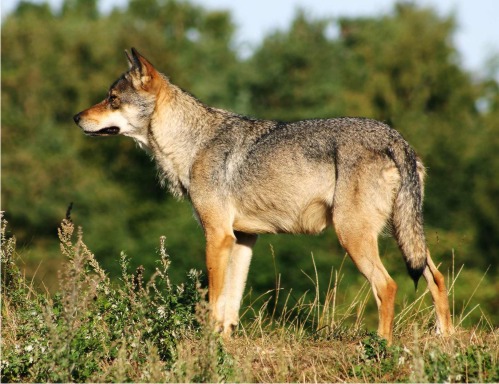 Coyote, Canis latrans, John and Karen
Hollingsworth U.S. Fish & Wildlife Service ~
Scandinavian
Wolf,
Canis
lupus, ©
Malene Thyssen
In their article entitled "Origins of domestic dog in Southern Eastern China is supported by Analysis of Y-Chromosome DNA", for the first time Ding et al. (2011) analyse the Y-Chromosome of male dogs worldwide to determine whether the male side of the domestication of the Dog is in agreement with what we know of the female side represented by the mitochondrial DNA, namely that dogs today descend from wolves domesticated in Southeastern Asia. MtDNA and Y-Chromosome are markers which are inherited independently. For this first comprehensive study
of the Y-Chromosome, 151
male dogs of many breeds worldwide,12 male wolves and 2 male coyotes
were sampled and
14437bp of Y-chromosome DNA analysed. None of the dog samples were from
strays. The geographical distribution and
breeds of the dog samples are as follows (in bold the Sighthounds) The
geographical
distribution
of
the
wolf
samples
is
The
geographical
distribution
of
the
coyote
samples is Sonoma county
and Butte county in California, USA Results
The
dog
haplotypes
clusted
in
5
haplogroups named HG1, HG3, HG6, HG9,
HG23 after their central haplotypes. Calculations
of
the
rate
of
substitutions
suggest
that
the
Y-Chromosome
genepool
in
these
151
dog
samples
descend
from
13-24
male
wolf
founders. This finding
agrees with
the results of a similar
study on the mtDNA which point out that the female lines descend
from at least 51 female wolf lineages and a study on MHC data by Vila
et al showing at least 21 founder wolves. Thus multiple data sets
indicate that dogs descend from numerous domesticated wolves. Conclusion According to the
authors, this study cannot pinpoint exactly where the male wolf
domestication occurred as some areas in Southeast Asia have not been
sampled yet. The dominance of the HG23 haplogroup in Southwest Asia
would tend to suggest that another domestication event took place
there, but it cannot be ascertained as the neighboring regions do not
show a high frequency of that haplogroup. In the mtDNA studies of
female wolf lineages, more recent crossbreeding to wolves tend to be
very localised and found at low frequencies, not at large frequencies
like HG23. The geographical origin of that particular haplogroup is
unclear but because it is also present in Southeast Asia, its origin
there cannot be excluded. Both
the Y-Chromosome and the mtDNA studies indicate that the origins of the
domestic dog involved the taming of many female and male wolves,
probably a major cultural event in Southeast Asia. There is the
possibility that the taming of wolves coincided with the shift from
hunter-gathering to the farming and culture of rice, as mtDNA studies
suggest that dogs have originated at about that time. The African
Sighthounds, Sloughis and Azawakhs' male lineages are thus grouped with
the Continental
European dogs with the widespread haplotypes H1 and H1* of Haplogroup
HG1. Instead, Salukis and Afghan Hound are grouped with the Middle
Eastern dogs with
haplotypes H10 (Saluki) and H7 (Afghan Hound) in another Haplogroup
altogether: H23. These results add to the differences
already known about the foundation female dog lineages and their mtDNA
between
these breeds. Acknowledgments I thank
Peter Savolainen for fine-tuning this text, Carla Cruz, Claudia Gaede,
Corine Lundqvist, Cora Nurnberger, Nina
Turunen and all
the photographers, who allow the use of their photographs through
Wikimedia Commons, for their photographs. References Sighthound
breeds
in
this
study
AFRICA & EUROPE 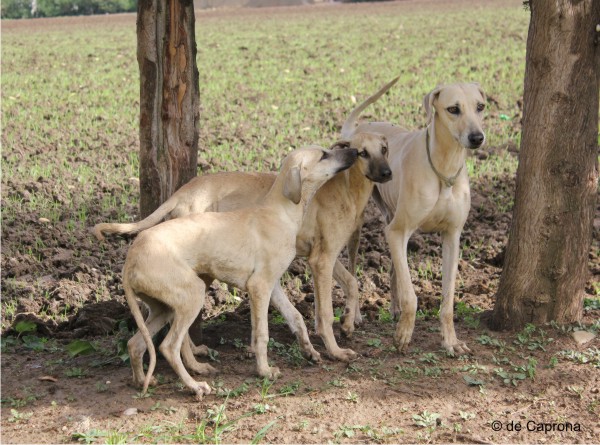 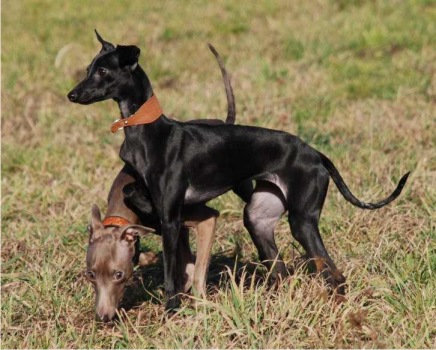 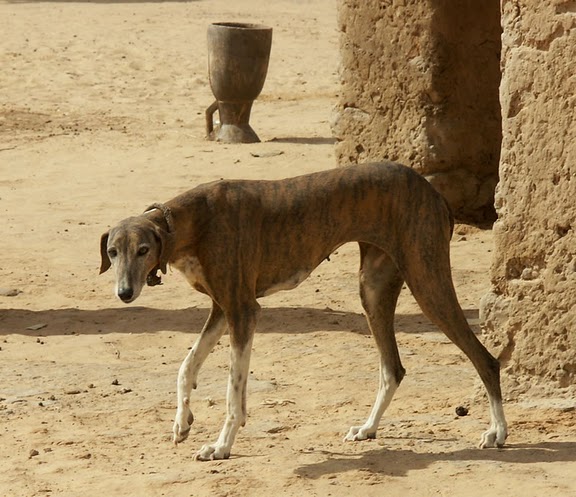 Sloughi © de Caprona ~ Italian Greyhound © Nürnberger ~ Azawakh © Lundqvist  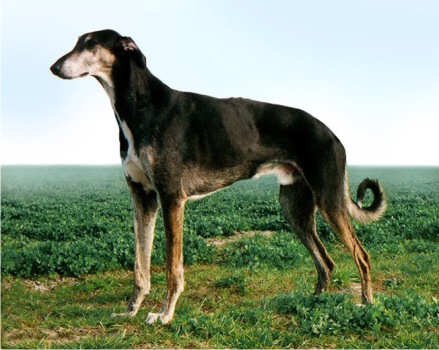 Galgo espanol © Gaede ~ Chart polski © Turunen MIDDLE- EAST 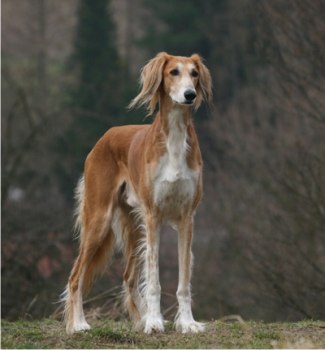 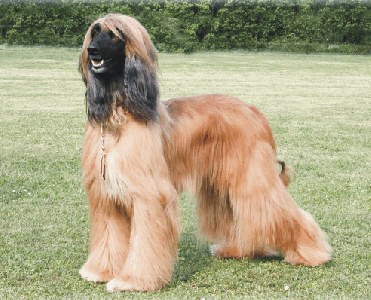 Saluki © Nina Neswadba ~ Afghan © Schwab SOME OF THE OTHER BREEDS IN THE STUDY SOUTH AMERICA 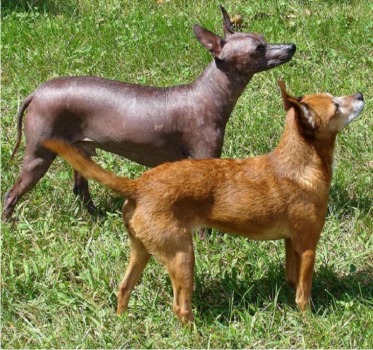
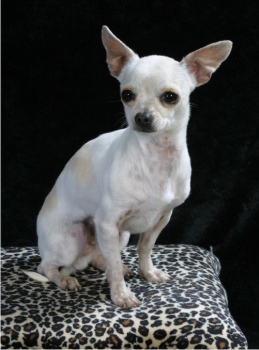  Xoloitzcuintle haired & hairless (Mexico) © Christopher A./Amanda L. Dellario ~ Chihuahua © ExDumpling ~ Perro Sin Pelo del Peru (Peru) © Manuel González Olaechea y Franco SCANDINAVIA - SIBERIA 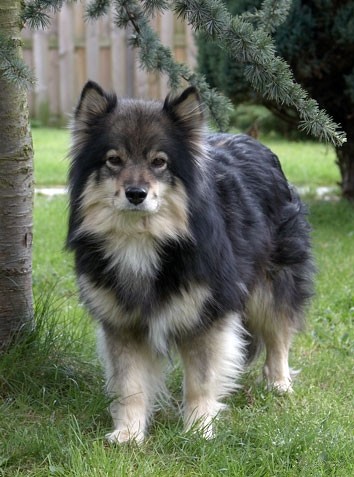 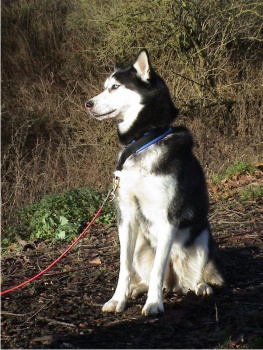
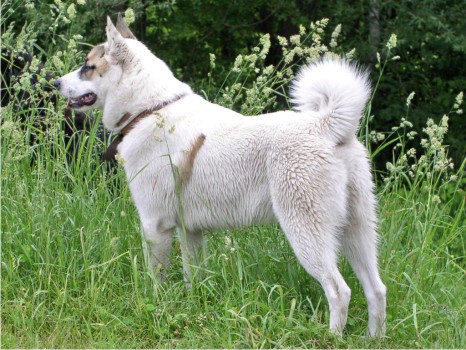 Finnish Lapphund © Sandy ~ Husky © Hinrich ~ West Siberian Laika © PrzemekL 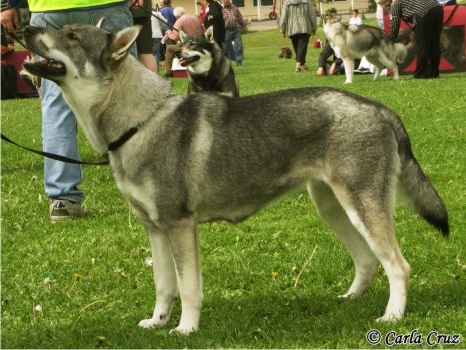 Swedish Elkhound © Cruz EUROPE BRITAIN 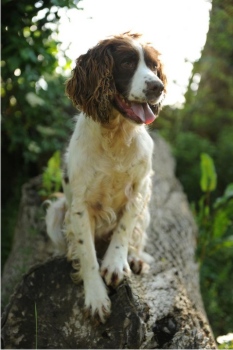 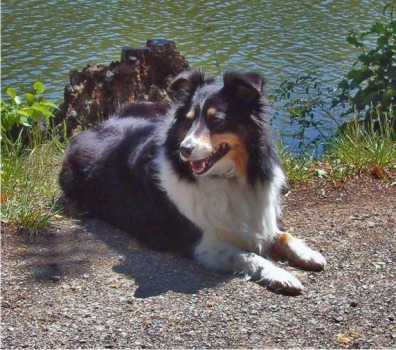 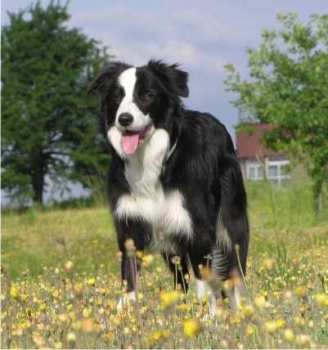 English Springer Spaniel © Heinz Hofling ~Shetland Sheepdog © Jurgen Sauer ~ Border Collie © Lenkahol CENTRAL EUROPE 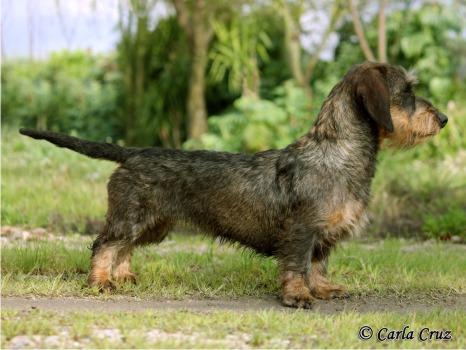 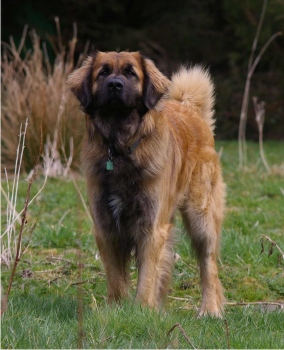 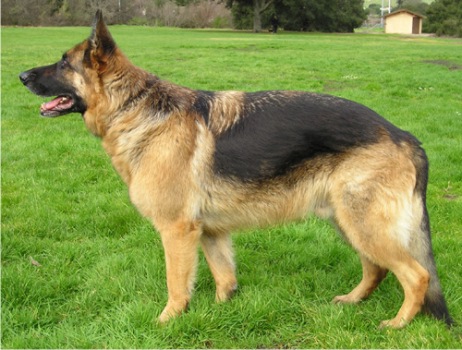 Dachshund © Cruz ~ Leonberger © Tanais Fox ~ German Shepherd © Ellen Levy Finch 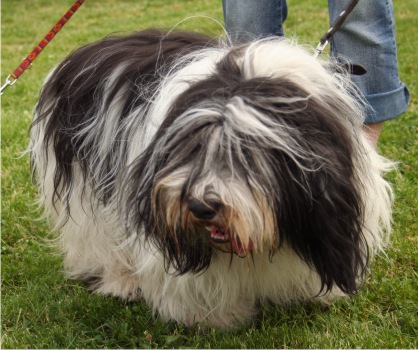 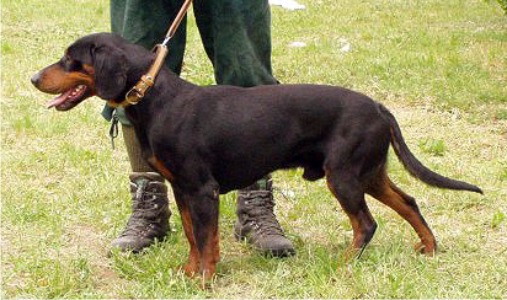 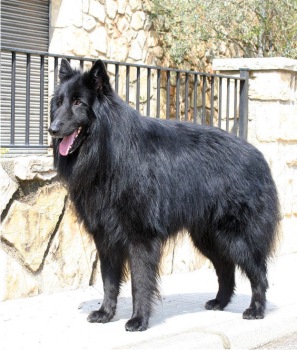 Polski Owczarek Nizinny © Pleple 2000 ~ Slovensky Kopov © Stefan Cimbalik ~ Groenendael © Mberenguer SOUTHERN EUROPE 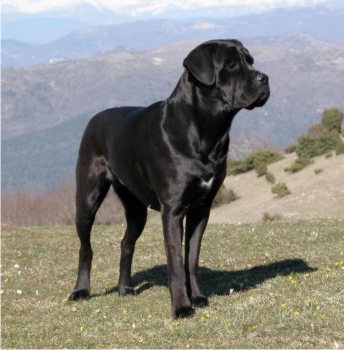  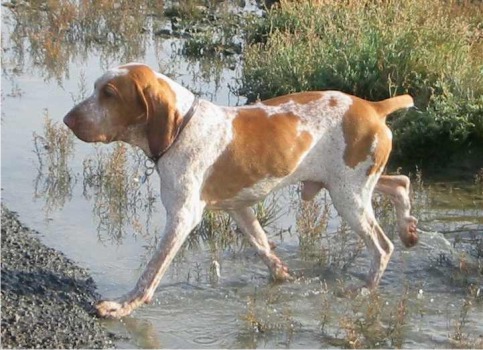 Cane Corso © Claudio Domiziani ~ Volpino Italiano (standing right) and 3 Poodles © Eirik Newth ~ Bracco Italiano © Mohawk28 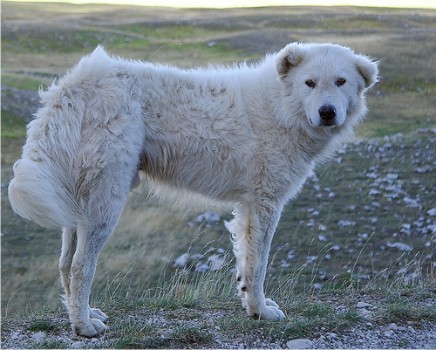 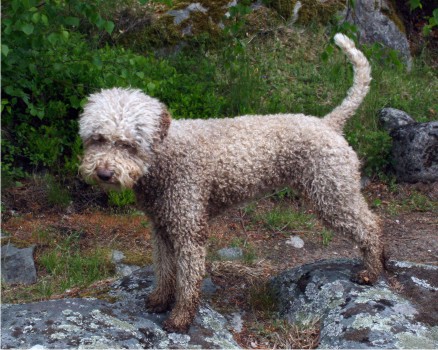 Maremmo-Abruzzeze © MGerety ~ Lagotto Romagnolo © Entheba ASIA THAILAND & VIETNAM & OTHER 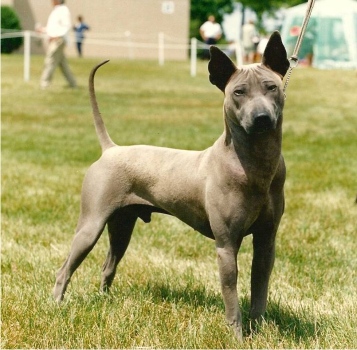 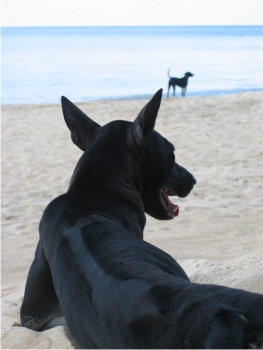 Thai Ridgeback © de Caprona ~ Phuquoc Dog © Stefan 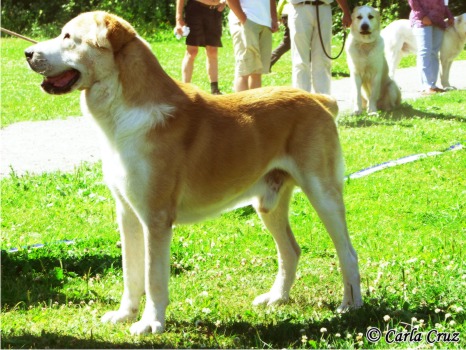 Sredneasiatskaja Ovtjarka © Cruz JAPAN 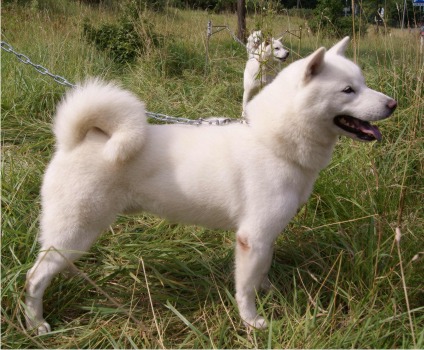  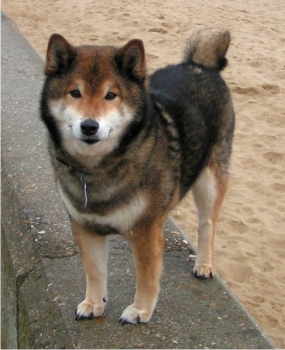 Hokkaido © Midori ~ Akita Inu © Ore-Sama ~ Shiba Inu © sannse CHINA 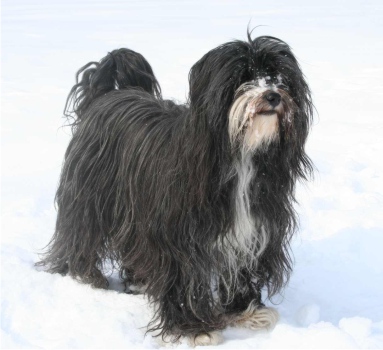 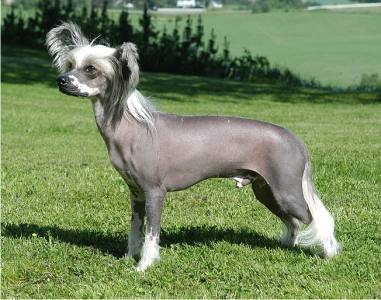 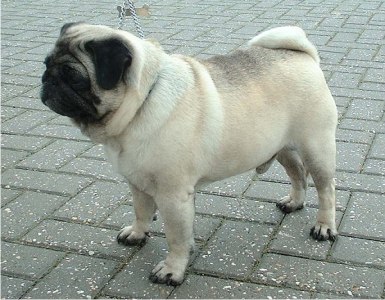 Tibetan Terrier © Mr407SW ~ Chinese Crested © Tommy Gildseth ~ Pug © sannse
|